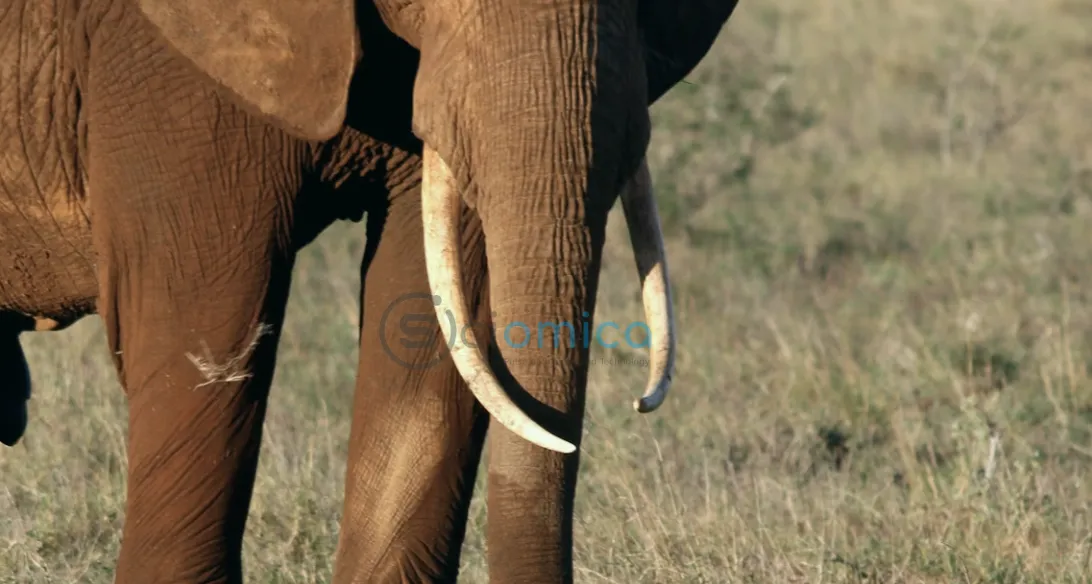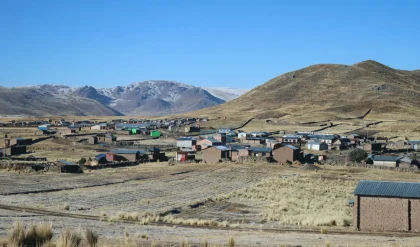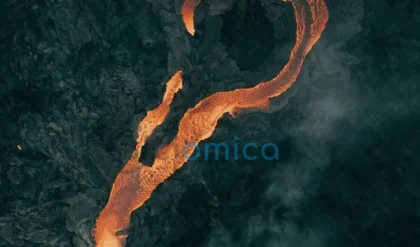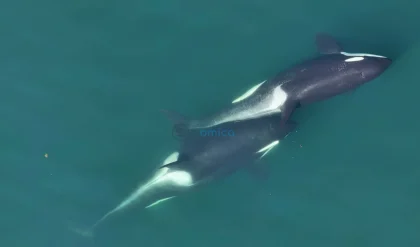
In a bid to protect dwindling elephant populations from extinction, the international community has implemented a ban on the sale of elephant ivory. However, the sale of mammoth ivory remains legal, creating a significant challenge for wildlife law enforcement as these two types of ivory can be difficult to distinguish, especially for non-experts. This legal avenue has opened a potential loophole for smugglers dealing in illegally obtained elephant ivory. Researchers are now exploring stable isotope analysis as a cost-effective and rapid method to screen samples and help prevent the further sale of elephant ivory.
Dr. Pavel Toropov from the University of Hong Kong, a contributor to an article published in Frontiers in Ecology and Evolution, highlighted the cunning tactics employed by wildlife traffickers. “Smugglers routinely use mixed shipments—an illegal wildlife product mingled with a legal one of similar appearance—to deceive law enforcement,” he explained. Toropov raised concerns that mammoth and elephant ivories are being mixed in these illegal transactions. The researchers set out to create an efficient tool capable of quickly and affordably distinguishing between the two types of ivory.
Dr. Maria Santos, the first author of the study, affirmed the effectiveness of stable isotope analysis in differentiating elephant and mammoth ivory. “Our results indicated that stable isotope analyses of hydrogen and oxygen isotopes are particularly useful for this purpose,” she noted. Mammoths, which inhabited high-latitude areas like Siberia, ingested water with distinct isotope signatures that differ from those of elephants in tropical regions.
The illegal trade of elephant ivory has led poachers to kill elephants, contributing to a dramatic decline of over 80% in African elephant populations in the past century. This grim reality has prompted bans on the international trade of elephant ivory. Conversely, mammoth ivory is sourced from remains preserved in permafrost since the last Ice Age, making it legally permissible to harvest and sell.
Despite mammoth ivory’s lower market value compared to elephant ivory, Toropov emphasized the distinct differences recognized by carvers and experts. “Mammoth ivory is not a true substitute; it’s rather like comparing a Lamborghini to a Ford,” he remarked, suggesting that its market appeal may instead lie in its use as a cover for elephant ivory.
While two primary methods currently exist for distinguishing between the two types of ivory—molecular analyses and radiocarbon dating—both approaches are costly and the results can take weeks to obtain. The research team turned to stable isotope analysis as a more viable alternative. This method capitalizes on the varying ratios of isotopes, which are different forms of an element present in different environments. Using this analysis, researchers tested 79 ivory samples—44 identified as elephant ivory and 35 as mammoth ivory. The scientists examined stable isotope ratios of five elements: carbon, hydrogen, nitrogen, oxygen, and sulfur.
The study found significant differentiation in oxygen and hydrogen ratios between the two species, with nearly no overlap, which was not the case for carbon, nitrogen, and sulfur isotopes. This finding indicates that focusing on hydrogen and oxygen ratios will yield the best results in distinguishing between the ivory sources.
More detailed studies are needed to assess how various factors could impact isotope ratio variation. In the future, the researchers envision this method being utilized as a quick preliminary screening tool for ivory. Santos expressed optimism that their proposed protocol could be instrumental in screening large quantities of mammoth ivory, allowing samples with elephant ivory signatures to be subjected to more thorough analyses later. This approach could significantly bolster the fight against the illegal ivory trade.
Reference:
- Maria E. A. Santos, Pavel Toropov, Pihu Agarwal, Pierre Archimede Jonathan Frichot, Hannah Bethany Tilley, Wilson Wan Zhongyue, Jovy Chan, David Michael Baker. A mammoth task: stable isotope analyses as a tool to prevent illegal trade of elephant ivory. Frontiers in Ecology and Evolution, 2025; 13 DOI: 10.3389/fevo.2025.1533703






